The Psychology of Kitchens: Design Tips, Key Organization Hacks, and Essential Appliances
A kitchen is more than just a functional space; it is where we gather, cook, and connect. As a designer or architect, understanding the psychology behind kitchen design can significantly enhance its functionality and appeal. Here are some key design tips, organization hacks, and must-have appliances to consider when designing or updating your kitchen.
Create a Harmonious Space Through Design
Custom cabinetry
Flow and Functionality: Design your kitchen with a logical and strategic workflow in mind. While the classic work triangle is still a valuable guideline, modern kitchens often benefit from a ‘work zone’ approach, where appliances and prep areas are clustered together. Place your island strategically, creating a central hub for cooking, dining, and socializing.
Lighting Matters: Good lighting is crucial. Combine task lighting (under-cabinet lights) with ambient lighting (overhead fixtures) to illuminate work areas and create a warm, inviting atmosphere. Don’t forget about accent lighting for highlighting architectural features, pantries, beautiful countertops, or artwork.
Color Psychology: Colors impact mood. Soft neutrals like greys, whites, and beiges create a calm, spacious feel, while deep blues or greens add personality and energy. Reds, oranges, and yellows can stimulate appetite and conversation. Choose a color palette that reflects the desired mood and complements your overall design.
Personal Touches and Decor: Incorporate elements that reflect your family’s personality. Custom cabinetry, unique backsplashes, or open shelving to display favorite dishes, greenery, glassware, and family photos make the kitchen feel more personalized and engaging.
Organization Hacks to Maximize Efficiency and Space
Pull-Out Cabinets and Drawers: These maximize accessibility and reduce the need to dig through clutter. Incorporate pull-out shelves (to access items in the back of a cabinet), revolving trays, and drawer dividers to keep essentials in place and organized.
Vertical Storage: Utilize vertical space to maximize storage capacity. Consider installing overhead cabinets, wall-mounted pot racks, and magnetic strips for knives. For smaller items, use stackable containers and drawer organizers.
Multi-Functional Furniture: Consider items like an island with built-in storage or a breakfast bar that doubles as a workspace. Rolling carts or corner cabinets can provide additional storage and work surfaces. Enhancing both functionality and aesthetic appeal really elevates your kitchen.
Labeling: Clear labels on jars, containers, and drawers can help maintain organization, especially in a busy household. It also makes it easier for guests to navigate your kitchen.
Smart Technology Integration: Incorporate smart home technology for seamless management. Smart refrigerators with inventory tracking, touchless faucets, and programmable lighting systems can enhance convenience and efficiency.
Appliances That Enhance Kitchen Efficiency
High-efficiency appliances
High-Efficiency Appliances: Energy-efficient appliances like dishwashers, refrigerators, and ovens can be a worthwhile investment. They not only reduce utility bills but also contribute to a more sustainable kitchen environment.
Smart Appliances: Modern kitchens are increasingly incorporating smart technology. For example, a smart refrigerator can track inventory, suggest recipes based on available ingredients, and even order groceries. Smart ovens can preheat automatically, monitor cooking progress, and even probe for doneness.
Quiet Dishwashers: A quiet dishwasher can significantly improve the ambiance of your kitchen, especially in open-concept homes where noise can easily travel.
Compact and Multi-Use Appliances: In smaller kitchens, multi-functional appliances like a combination microwave-convection oven or a compact coffee maker with a grinder can save space and add versatility. Appliances like a multi-cooker or an air fryer can save counter space and offer a variety of cooking options.
Water Filtration Systems: A water filtration system can improve the taste and quality of your drinking water. It can also reduce the need for bottled water, which is both environmentally friendly and cost-effective
Designing a kitchen that balances aesthetics with functionality involves understanding the psychological impact of color, layout, and organization. By focusing on thoughtful design, effective organization, and smart appliance choices, you can craft kitchens that are not only beautiful but also functional and enjoyable. Whether you're cooking for a crowd or enjoying a quiet morning coffee, the right kitchen design can make all the difference. Our designers at Residential Designed Solutions in Columbus, Ohio understand the psychology behind kitchen design and are here to help you.











